Intersections’ Nonprofit Spotlight series profiles organizations that are propelling positive change in South L.A. _________________________________________________________________________
What is the the Los Angeles Urban League’s purpose? To enable African-Americans and other minorities to secure economic self-reliance, parity, power and civil rights through advocacy activities and the provision of programs and services in our uniquely diversified city and region.
When was the Los Angeles Urban League’s founded? 1921.
Which areas does the Los Angeles Urban League’s serve? A 70-block-area within Park Mesa Heights and its outskirts.
What services does the Los Angeles Urban League’s provide?
Video Courtesy of the laurbanleague youtube channel
What does the LA Urban League consider as…
…top safety issues in South L.A.? Community residents are coming together to build a safe haven for kids to reach school. There have been safety improvements to structures around schools in the Crenshaw District.
…top education issues in South L.A.? Suspension and expulsion rates need improvement. Also, student skills need to reach the appropriate academic levels for reading and math.
…top housing issues in South L.A.? Lack of education in home ownership needs to be improved. Some educational services have been provided, such as LAUL’s designated go-to person for Housing Solutions.
What are the Los Angeles Urban League’s affiliated programs? iMatter2 Campaign and the Domestic Violence Prevention Collaborative.
Website: http://www.laul.org
Social Media: Facebook, Twitter
Contact info: Jeffery Wallace, [email protected]









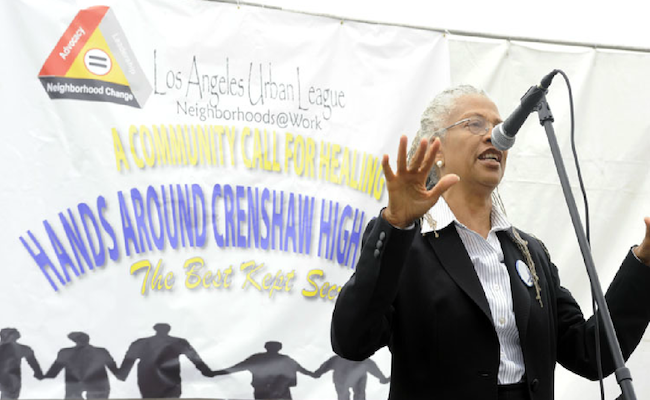
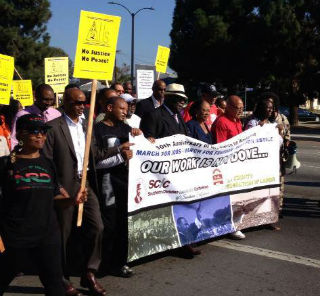
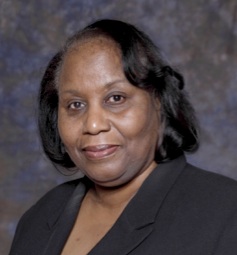 Dr. Pat Phipps is the Vice President for Early Education and Development at the Los Angeles Urban League. She was the first Executive Director the California Association for the Education of Young Children (CAEYC). She is a former board member of the National Association for the Education of Young Children.
Dr. Pat Phipps is the Vice President for Early Education and Development at the Los Angeles Urban League. She was the first Executive Director the California Association for the Education of Young Children (CAEYC). She is a former board member of the National Association for the Education of Young Children. 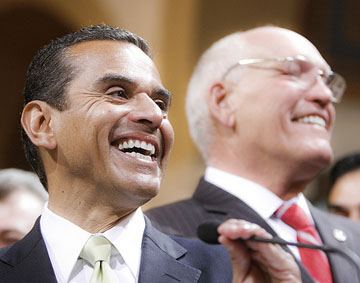 As Black History Month draws to a close, one group in South Los Angeles is just starting a celebration of the future of African Americans.
As Black History Month draws to a close, one group in South Los Angeles is just starting a celebration of the future of African Americans.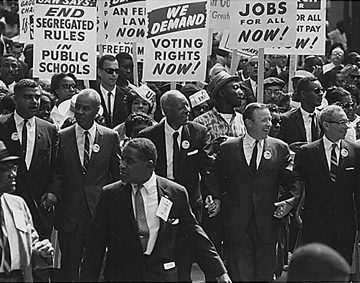
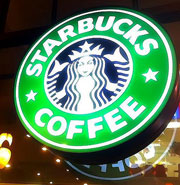 A Starbucks on Crenshaw Boulevard will share $100,000 with the Los Angeles Urban League this year as part of a pilot profit-sharing program.
A Starbucks on Crenshaw Boulevard will share $100,000 with the Los Angeles Urban League this year as part of a pilot profit-sharing program.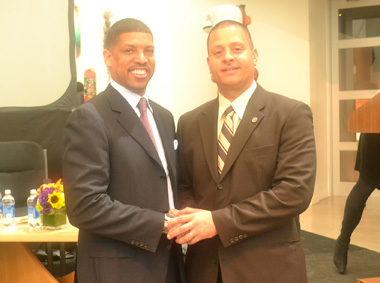 The theme for the Los Angeles Urban League’s Spring Symposium was “Place-Based Neighborhood Change: Successes, Challenges, and Opportunities” which focused on how lives can be improved one neighborhood at a time. Held on Monday at the California African American Museum, this event brought together some of the most experienced and dedicated community activists and organizations.
The theme for the Los Angeles Urban League’s Spring Symposium was “Place-Based Neighborhood Change: Successes, Challenges, and Opportunities” which focused on how lives can be improved one neighborhood at a time. Held on Monday at the California African American Museum, this event brought together some of the most experienced and dedicated community activists and organizations.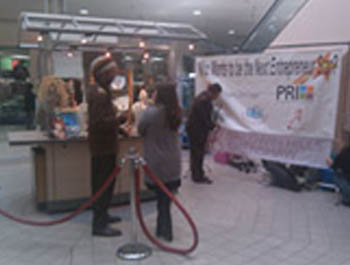 Three small business hopefuls faced the last round in a competition Thursday to jump-start their businesses. The Los Angeles Urban League and Baldwin Hills Crenshaw Plaza have teamed up to give away a six-month kiosk lease to the winner.
Three small business hopefuls faced the last round in a competition Thursday to jump-start their businesses. The Los Angeles Urban League and Baldwin Hills Crenshaw Plaza have teamed up to give away a six-month kiosk lease to the winner.




